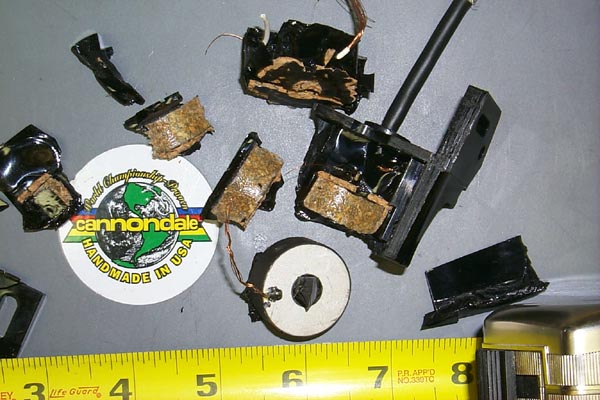I have been doing some calculations on the transducers I would like to order at Channel Industries.
Perhaps you could go over it and see that I did not make any mistakes.
measurements:
Material: C5804 (Navy type III)
Length: 1" (25.4 mm)
width : .5" (12.7 mm)
thickness: .165" (4.2 mm)
Voltage generated: .33 Volt/Newton
Oscillation freq. : 503 kHz
Array:
364.7 mm x 4.2 mm
14 elements = 355.6 mm
Totale aperature size: 355.6 mm + (13x.7 mm gap) = 364.7 mm
Horizontal angle : 3/364.7 = .49 degrees (.5 degrees)
Vertical angle 84 degrees
Max permissable voltage for this size : 24 kV ( Am not sure about this ..)
Anyone remarks , suggestions ?
Regards, Jan
Perhaps you could go over it and see that I did not make any mistakes.
measurements:
Material: C5804 (Navy type III)
Length: 1" (25.4 mm)
width : .5" (12.7 mm)
thickness: .165" (4.2 mm)
Voltage generated: .33 Volt/Newton
Oscillation freq. : 503 kHz
Array:
364.7 mm x 4.2 mm
14 elements = 355.6 mm
Totale aperature size: 355.6 mm + (13x.7 mm gap) = 364.7 mm
Horizontal angle : 3/364.7 = .49 degrees (.5 degrees)
Vertical angle 84 degrees
Max permissable voltage for this size : 24 kV ( Am not sure about this ..)
Anyone remarks , suggestions ?
Regards, Jan



 it says that the length must be > 3 times width. I'm not sure what the effect is, but I wanted to let you know about it.
it says that the length must be > 3 times width. I'm not sure what the effect is, but I wanted to let you know about it.
Comment